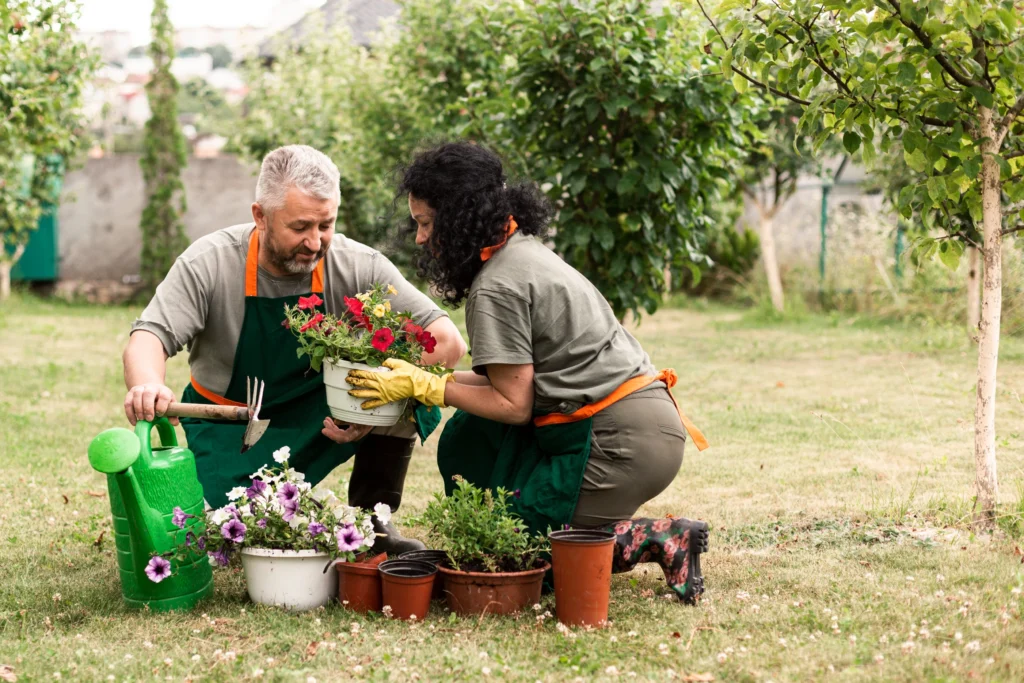Homemade Pickle Recipe: Traditional Taste, Health Benefits, and Easy Preparation Guide
Pickles are more than just a side dish in Indian households—they are memories sealed in jars, family traditions passed down generations, and flavors that bring alive even the simplest of meals. Whether it is the tangy mango pickle, spicy lemon pickle, or crunchy mixed vegetable pickle, every Indian family has a recipe that is unique to their kitchen. In this article, we will explore the cultural significance of homemade pickles, their health benefits, the basic process of preparation, and tips to make your own pickle at home successfully.
Why Homemade Pickles Are Special
Homemade pickles have a charm that store-bought ones can never match. They carry the aroma of freshly ground spices, the touch of family traditions, and the comfort of natural ingredients. Unlike packaged pickles that may contain preservatives, colors, and artificial flavors, homemade pickles are made with pure spices, fresh produce, and lots of patience.
Across India, pickle-making is more than cooking—it’s an event. Families often gather during summer to prepare raw mango pickles in bulk, sun-drying them in large jars, and waiting eagerly for weeks until the flavors mature. This bonding over pickle preparation is what makes the process memorable.
Types of Popular Homemade Pickles in India
Pickle varieties differ from state to state, with each region adding its own spices and methods:
Mango Pickle (Aam ka Achar) – The most popular pickle made with raw mango, chili, mustard seeds, and fenugreek.
Lemon Pickle – Tangy and slightly bitter, made with lemon, salt, and spices.
Garlic Pickle – Strong in flavor, perfect for spice lovers.
Mixed Vegetable Pickle – A combination of carrots, cauliflower, and beans mixed with spices.
Chili Pickle – A fiery delight made with fresh green chilies.
Regional Specialties – Gongura pickle in Andhra Pradesh, Pachranga pickle in Punjab, and sweet mango pickle (chunda) in Gujarat.
These varieties show how diverse and rich Indian pickle culture is.
Health Benefits of Homemade Pickles
While many see pickles as a spicy addition to meals, homemade pickles actually have several health benefits:
Rich in Probiotics – Fermented pickles encourage good gut bacteria, which improve digestion.
Boosts Immunity – Spices like turmeric, mustard, and fenugreek used in pickles are natural immunity boosters.
Source of Vitamins & Minerals – Raw mango, lemon, garlic, and vegetables retain essential vitamins when pickled.
Appetite Stimulant – A small bite of pickle can instantly make food more enjoyable and stimulate digestion.
Preservative-Free Goodness – Homemade pickles are chemical-free, ensuring long-term health safety.
Step-by-Step Guide to Making Homemade Mango Pickle
Here’s a simple recipe to prepare traditional mango pickle at home:
Ingredients Needed:
Raw mangoes – 1 kg
Mustard seeds – 100 g (coarsely ground)
Fenugreek seeds – 50 g
Red chili powder – 150 g
Turmeric powder – 2 tbsp
Rock salt – 250 g
Mustard oil – 300 ml
Preparation Steps:
Wash and dry raw mangoes thoroughly. Cut them into small cubes.
Spread the mango pieces on a clean cotton cloth and dry them for a few hours to remove moisture.
Mix mustard seeds, fenugreek, chili powder, turmeric, and salt in a bowl.
Heat mustard oil until it smokes, then cool slightly.
Mix the mango pieces with the spice blend and pour mustard oil over them.
Store the mixture in a clean, airtight glass jar.
Keep the jar in sunlight for 5–7 days, shaking it daily to allow even mixing.
After about 10–15 days, your mango pickle will be ready to serve!
Tips for Perfect Homemade Pickles
Always use clean, dry jars to prevent fungal growth.
Ensure all ingredients (especially mangoes and lemons) are moisture-free.
Sunlight plays an important role in natural fermentation—expose jars for a few days.
Use rock salt instead of refined salt for better taste and preservation.
Don’t skimp on oil—it acts as a natural preservative.
Store jars in a cool, dry place after initial fermentation.
Homemade Pickle: A Taste of Tradition and Love
Pickle-making is not just about food—it is about preserving culture, love, and togetherness. The recipes handed down by mothers and grandmothers carry with them a sense of belonging and nostalgia. A spoonful of homemade pickle can remind us of summer vacations, family lunches, and the warmth of home.
Even in today’s fast-paced world, taking time to prepare pickles at home is a way of reconnecting with traditions. It is healthier, tastier, and more soulful than anything you can buy in a store.
Conclusion
Homemade pickles are treasures that combine taste, tradition, and health. From boosting digestion to bringing families together during preparation, their importance in Indian kitchens is unmatched. By trying your own homemade pickle recipe, you are not only making food tastier but also keeping cultural heritage alive.
So, the next time you want to spice up your meal, skip the store-bought jars and try making your own. You’ll find that the taste of love, tradition, and authenticity can only be experienced in a jar of homemade pickle.


